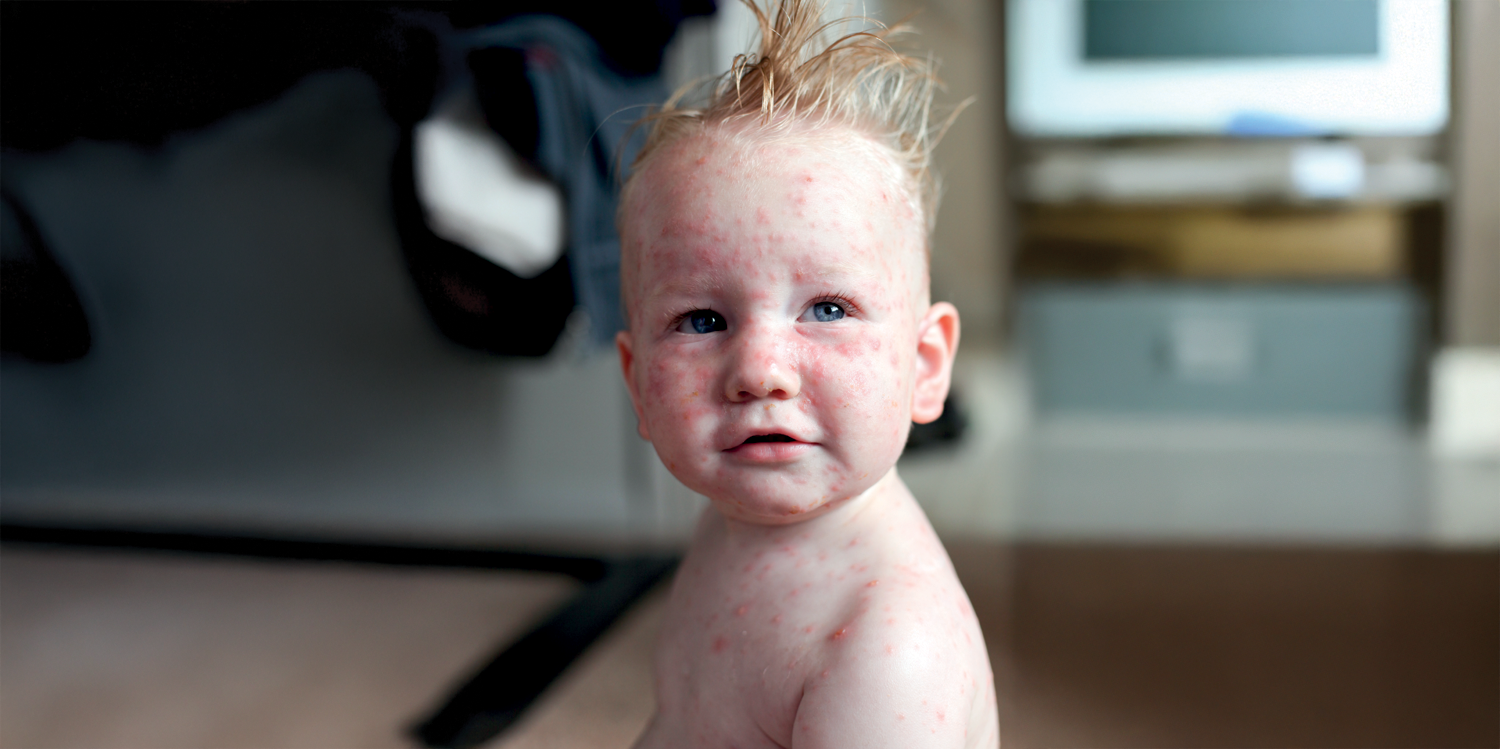Vaccination rates among children in WA are lagging far behind the national benchmark, prompting public health concerns.
Latest data show only 89.6% of WA children aged under two are up to date with their scheduled vaccines, well below the national benchmark of 95%.
Vaccination rates across the State were lowest among children under two who live in country WA, with just 84.6% up to date with immunisations. In some areas it dropped as low as 80% in the same age group.
The picture looks better among children aged one and five with vaccination rates at 91.5% and 92.6% respectively, but still below the national benchmark. Children in these age groups who live in metropolitan regions had higher rates of immunisation than those in country WA.
Overall, WA had the lowest vaccination rates among two year olds in the country and one of the lowest for other age groups.
But researchers at Curtin University are working on an innovative solution using machine learning to better identify children at risk of missing their jabs.
Project lead Professor Gavin Pereira from the School of Population Health said falling vaccination rates presented several potentially dangerous scenarios.
“The disparities in vaccination rates pose a threat not only to individual health, but also to community immunity,” he said.
“Highly contagious diseases such as measles, for example, require very high vaccination coverage rates to achieve herd immunity.
“It’s important children receive their vaccination on time because a delay in receiving the first dose of a vaccine leads to further delays in subsequent immunisations, which leaves young children unprotected and, in some cases, unable to have a vaccine at all.”
In WA there has been a steady increase in vaccine preventable diseases over the last 10 years, with cases now almost double what they were in 2014.
According to the National Communicable Disease Surveillance Dashboard there have been 6,305 cases of vaccine preventable diseases recorded in WA this year, representing a drop from the 6,981 recorded last year but a big increase from the 3,759 recorded in 2014.
Working with the Boorloo (Perth) Public Health Unit Professor Pereira and his team are evaluating and modelling a machine learning program to assess the risk of children missing vaccination schedules and identify families in need of proactive support.
Professor Pereira said the program has previously been shown to be effective for families from Aboriginal backgrounds, however the machine learning would help apply it to the more than 135,000 babies estimated to be born in metropolitan Perth from 2018.
“Reaching at-risk families is not possible without this targeted digital innovation as it ensures resources are directed where they are most needed, ultimately improving vaccination rates and reducing the prevalence of vaccine-preventable diseases across WA,” he said.
“Increasing vaccination coverage would also lead to significant economic cost savings and alleviate pressure on the health system as approximately 11% of infectious disease-related costs can be prevented via vaccination.”
Boorloo Public Health Unit Medical Director Dr Benjamin Scalley said leveraging digital technologies such as machine learning represents a significant advancement in childhood vaccination.
“The program aims to assist health workers to proactively identify and support children at risk of missing immunisations from the child’s birth and before they are overdue for their vaccination.”
The study is supported by a Future Health Research and Innovation Fund grant.


